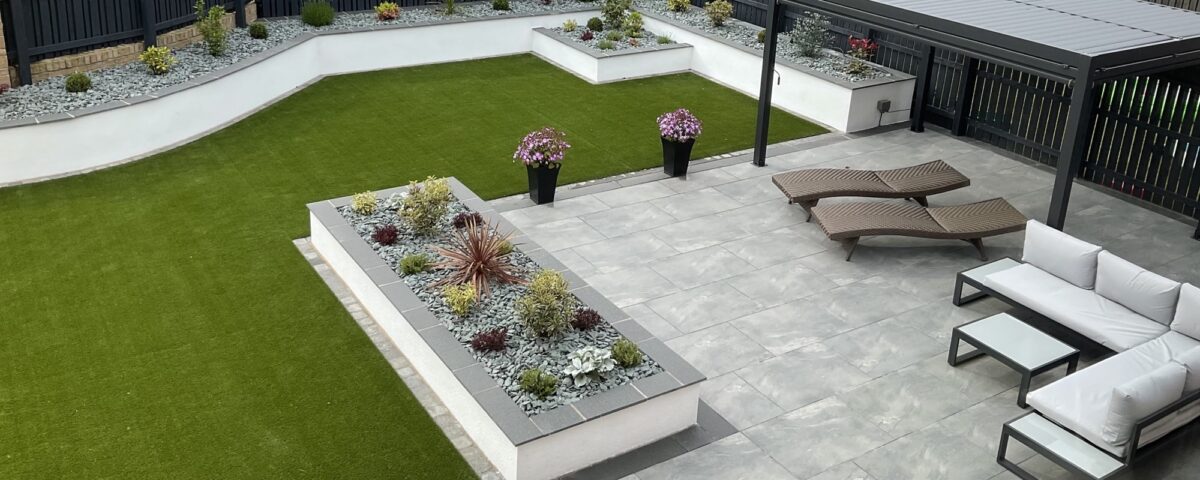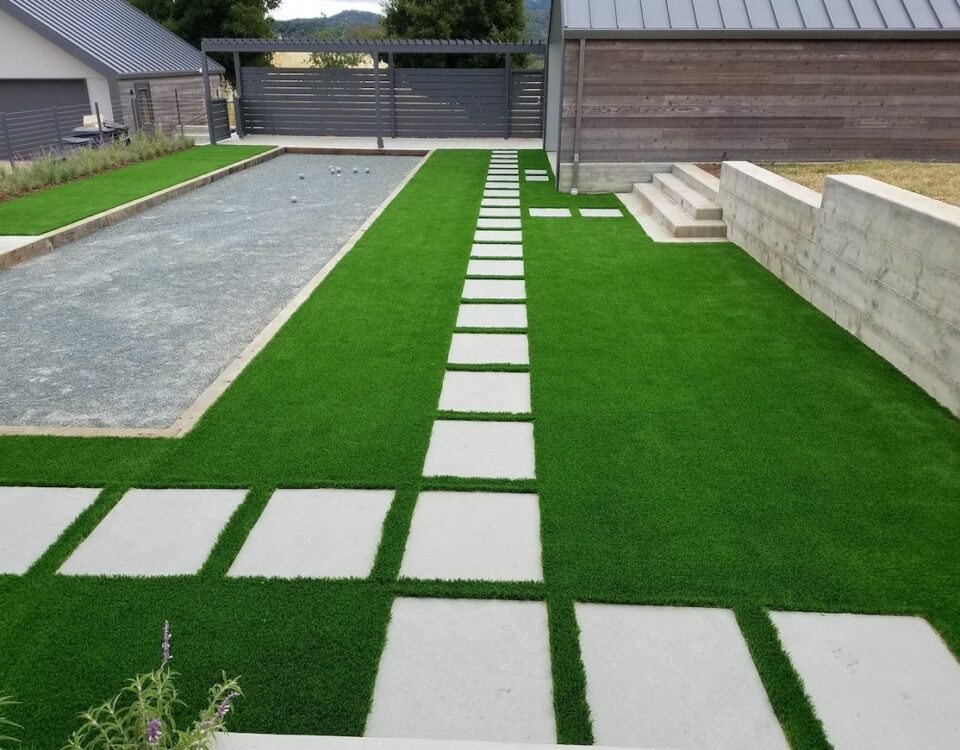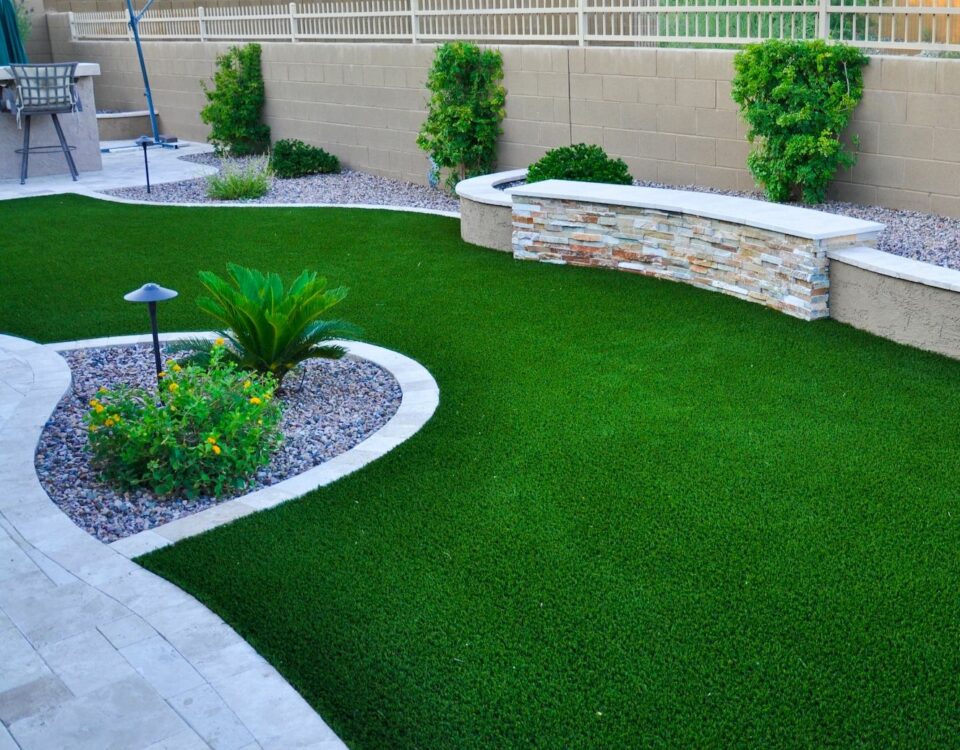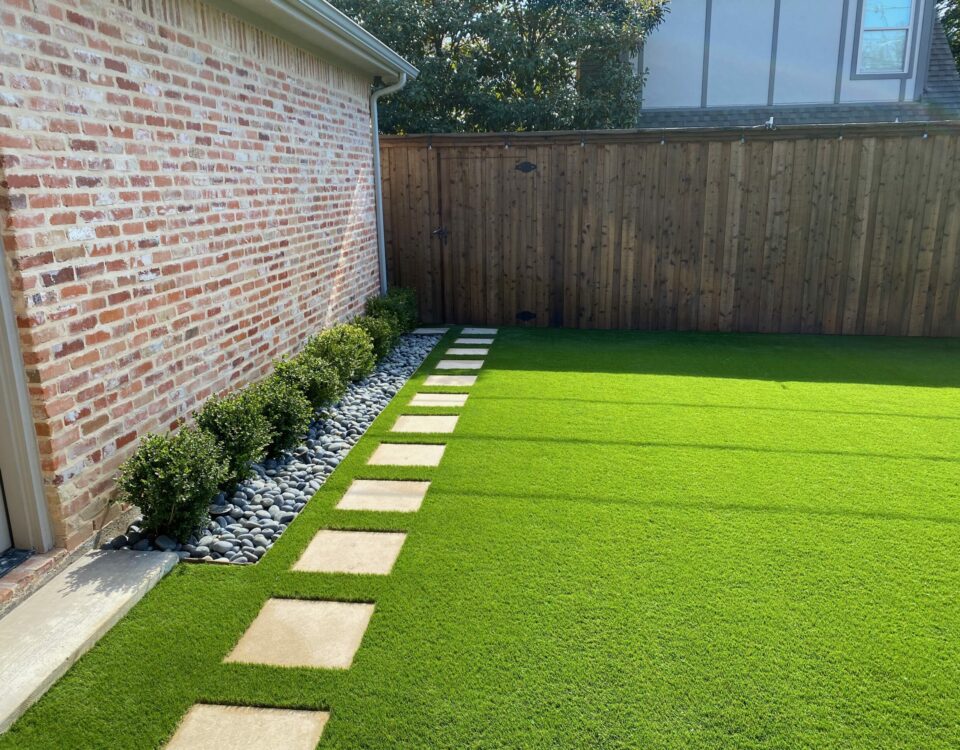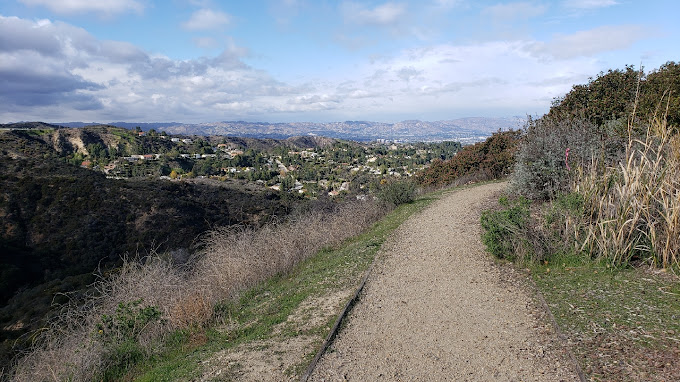
Marvin Braude Mulholland Gateway Park in Tarzana, California
April 25, 2021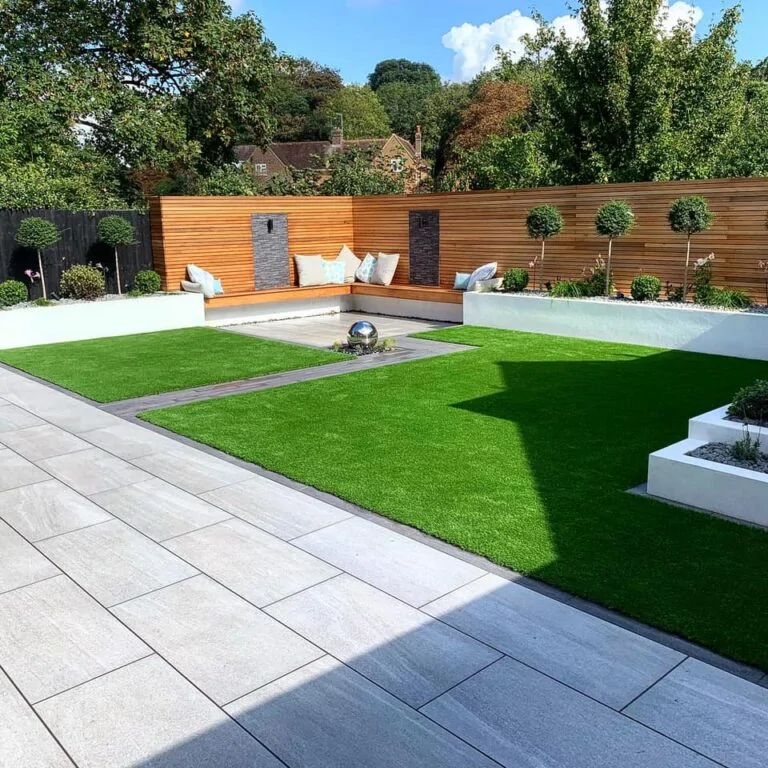
Landscaping For Small Spaces: Maximizing Beauty in Limited Areas
May 23, 2021Colors and textures are essential elements in landscape design. They help you set the mood, direct attention in a garden and provide balance and contrast in your landscape design. Colors can also be used to create a sense of movement or to emphasize focal points and textures. Texture is the defining characteristic of many plants and landscape materials, from smooth river rocks to the spiky, thorny leaves of a cholla or lamb’s ears. Using texture in your landscape can make certain areas and plants look bigger or smaller than others, as well as bring a touch of drama to the space.
Color is one of the most important and challenging components to work with in landscape design. It is the most recognizable element to the human eye and can have a great effect on the viewer’s perception of the landscape. It can either draw the eye and highlight an area or it can calm the mind and create a quiet, peaceful environment. It is very easy to overuse or use too much of a given color, however, and it should be used carefully in landscape design.
The use of lines in a landscape design is also a powerful tool that can create sequences and patterns and produce the right feeling for the space, but it is easy to overuse. Too many lines can be distracting and unsoothing, but the right amount of line can add accents, balance and unity to a landscape.
A landscape design should contain a combination of different colors, textures and themes to achieve balance. There are a number of principles that can be used to achieve this, including symmetrical and asymmetrical balances, transitions and rhythms, and repetition, emphasis and texture.
For example, a symmetrical balance can be achieved by mirror images of the same plant on opposite sides of a landscape or by having two or more larger components balanced by their combined mass with several smaller components with a similar proportion. An emphasis may be a focal point, such as a specimen tree, fountain or statue, or it can be a large feature such as an empty expanse of lawn.
In addition, it is important to use a variety of textures in the landscape, ranging from coarse to fine. A coarse texture would include rocks and boulders, while a fine texture would include the soft leaves and flowers of perennials and grasses. It is also important to consider the texture of the landscape’s hardscape, such as pavement, driveways, walkways and patios, as well as the surface of the water, soil or wood.
Landscaping For Small Spaces: Maximizing Beauty in Limited Areas

